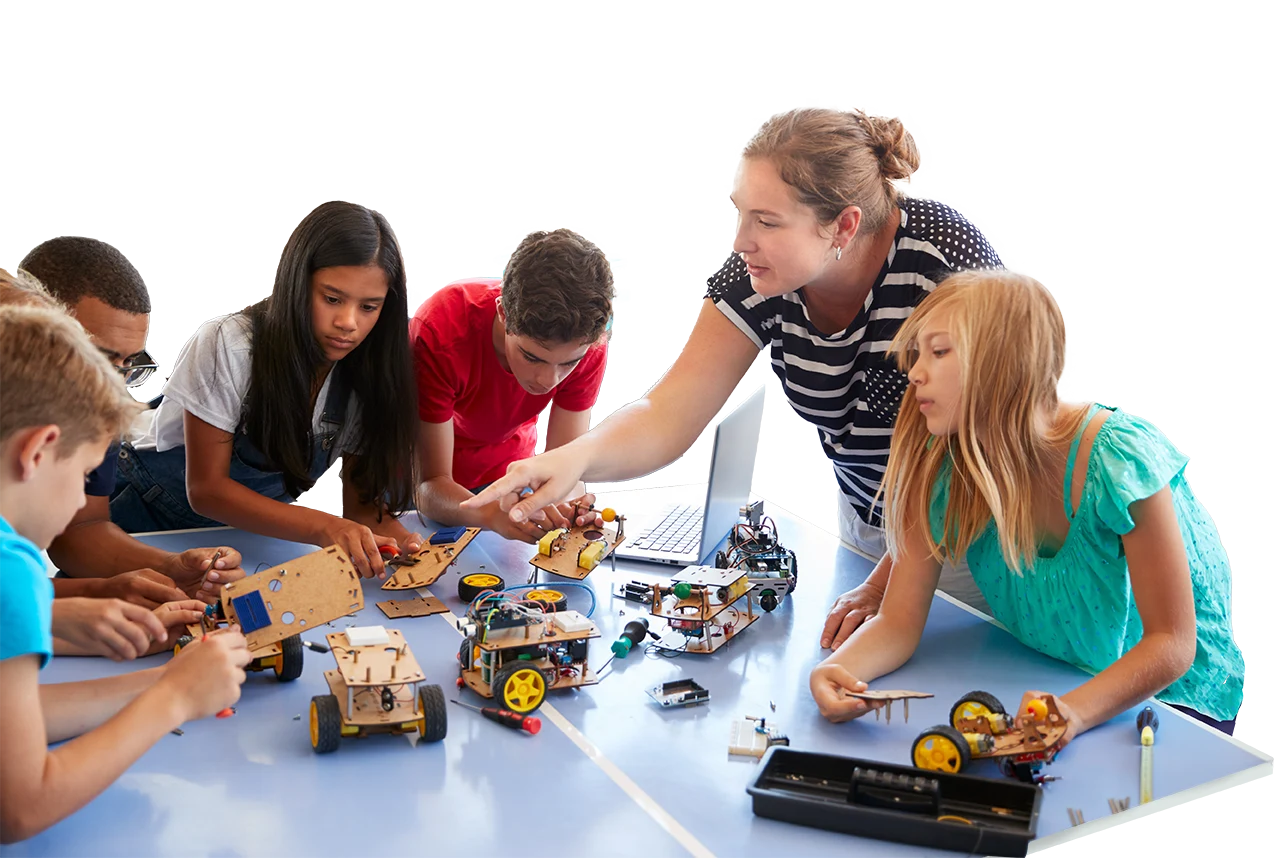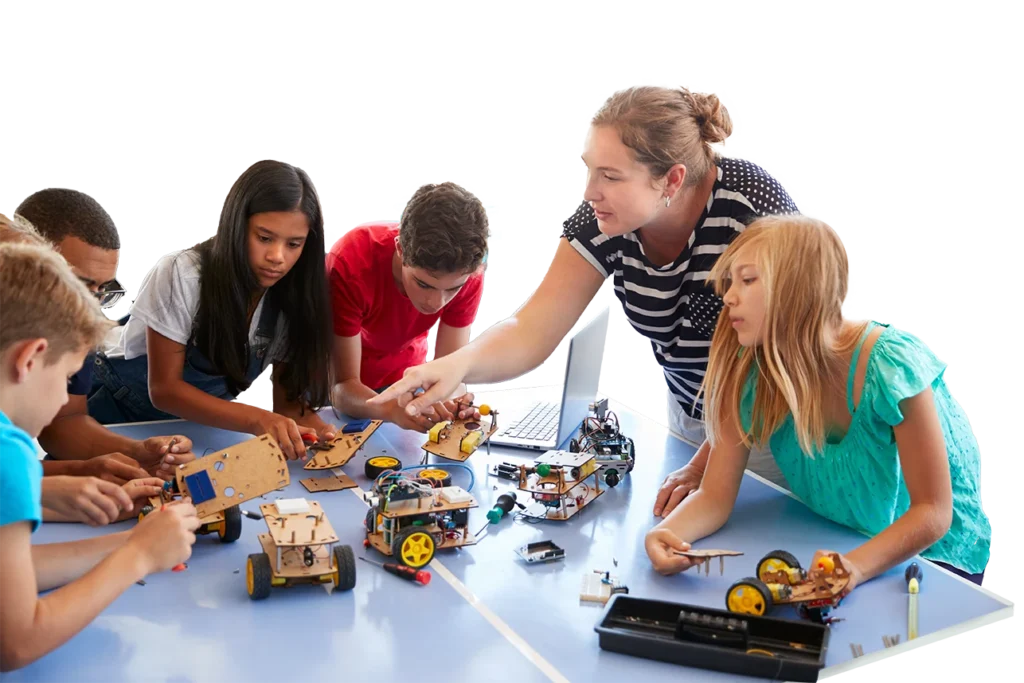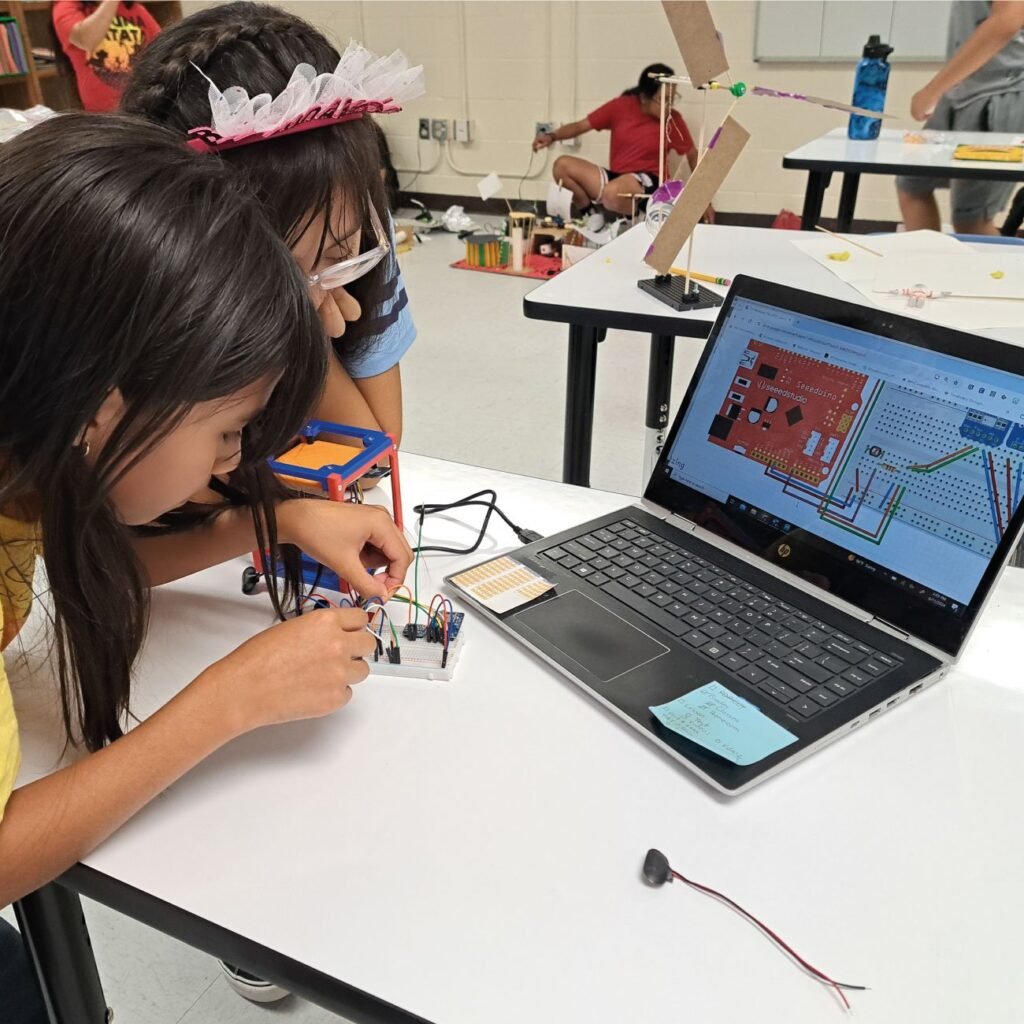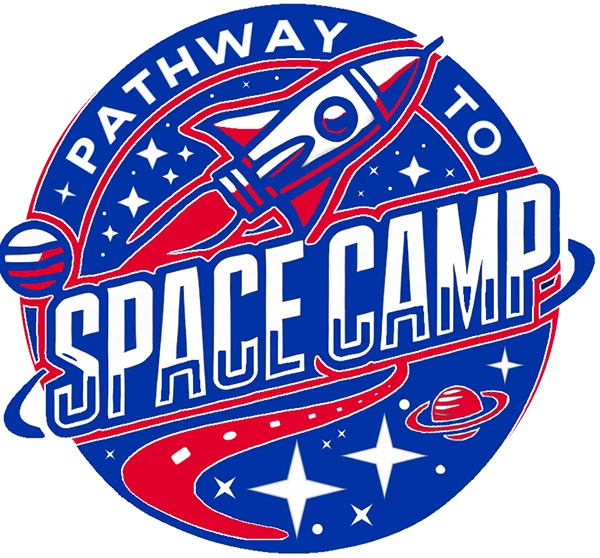

Where the wonders of the universe come to life!

Welcome to Pathway to Space Camp! We ignite curiosity and passion for space exploration in K-12 students. Our mission is to provide immersive, hands-on experiences that bring space science, technology, and exploration to life through engaging activities such as astronaut training simulations and lessons on space station operations. We aim to empower the next generation of astronauts, engineers, and space enthusiasts.
Where young explorers from Kindergarten to 12th grade embark on a stellar journey through the cosmos! Over seven exciting days, campers will navigate the universe of space exploration, engaging in hands-on activities that spark curiosity and creativity.
Our mission is built on the principles of inclusiveness, support, and inventiveness. With our motto, “No idea is a bad idea,” we encourage campers to launch their imaginations and think outside the orbit. We focus on igniting a passion for sustainability, fostering a problem-solving mindset, and cultivating authentic communication skills.

Take part in exciting activities that spark curiosity & push learning to new heights!

We’re excited to hear from you! Whether you have questions about our NASA Space Camp, need assistance with registration, or want to learn more about our programs, our team is here to help.
Want to receive push notifications for all major on-site activities?
As a rocket moves through the atmosphere, it faces drag-the air resistance that slows it down. The more aerodynamic the rocket’s shape, the less drag it experiences. Rockets are designed with streamlined, pointed shapes (like conical nose cones) to allow air to flow smoothly around the vehicle and reduce resistance. This makes the rocket more efficient, requiring less fuel to reach the desired speed.
The rocket’s shape is crucial to cutting through the atmosphere with minimal resistance. A sharp nose cone reduces drag by allowing air to smoothly pass around the rocket. This is especially important in the lower atmosphere, where air is denser and drag forces are stronger.
By reducing drag, a well-designed rocket uses less fuel to achieve the same speed. This is particularly important during the early stages of launch when the rocket is still in the thickest part of the atmosphere. An efficient aerodynamic design can significantly improve the rocket’s thrust-to-weight ratio, making the entire flight more fuel-efficient.
During flight, the rocket encounters different speeds and air densities. From launch through transonic Oust below the speed of sound) to supersonic (above the speed of sound) speeds, aerodynamic forces change. Rockets are designed to handle these shifts in pressure and airflow to avoid things like shock waves, which can cause instability or extra drag.
As the rocket travels at high speeds, air friction creates a lot of heat. While thermal protection (like heat shields) helps manage this, the rocket’s aerodynamic design also plays a role. A well-shaped nose cone or body can reduce the heat load on the vehicle by allowing air to flow more evenly over the surface, helping to distribute the heat more evenly.
High-speed flight can cause vibrations in the rocket structure, especially at certain speeds. These vibrations can make the rocket less stable or cause structural issues. The design of aerodynamic surfaces, like fins, must account for this to ensure the rocket remains controlled and stable at all speeds.
Winds and turbulence during launch can have a big impact on rocket flight. The rocket”s aerodynamic design must account for these conditions, helping it stay on track even in the face of unpredictable weather. The goal is to keep the rocket aligned with its flight path, especially during the early stages of launch when wind forces are strongest.